Understanding fracking and its potential impact on the environment isn’t just for scientists or policymakers; it’s something everyone should delve into. With debates raging on and off about whether this method of extracting natural gas and oil is a savior for energy needs or a pending environmental disaster, it can be tough to find balanced information. But don’t worry! This listicle is here to break down the complex world of fracking into digestible, easily understandable pieces of information. Whether you’re discussing it over coffee or pondering its implications at night, these ten points will provide insight into its workings and consequences.
1. What Exactly Is Fracking?
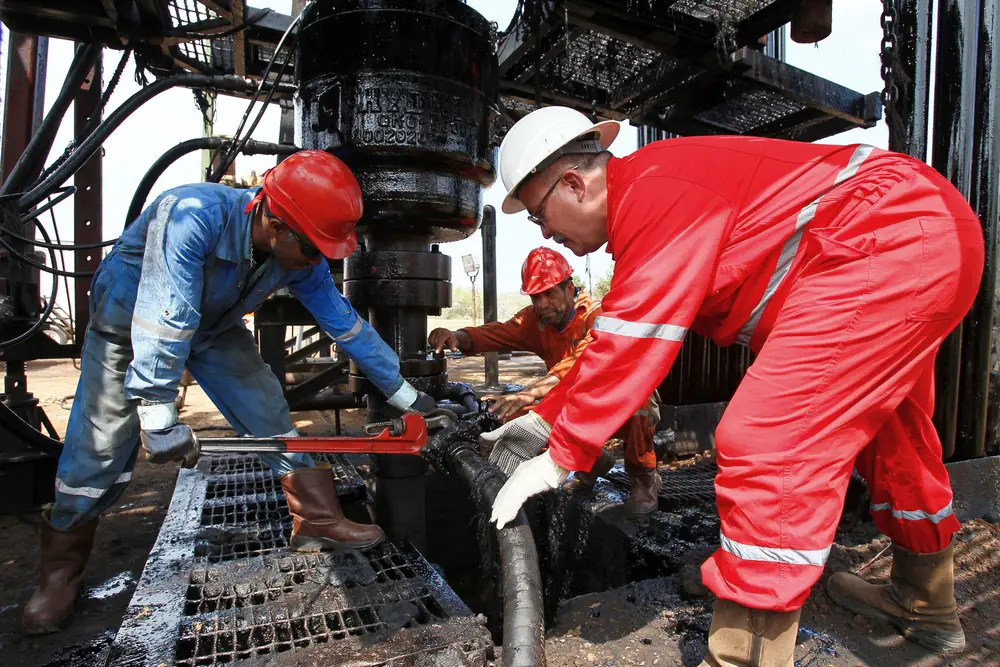
Fracking, short for hydraulic fracturing, is a process used to extract natural gas and oil from deep underground. By injecting high-pressure fluid into subterranean rock formations, the rock is fractured, releasing the natural gas or oil trapped inside. The fluid used in this process comprises water, sand, and a mix of chemicals, some of which have raised concerns due to their potential environmental impact. The technique has enabled access to vast amounts of previously inaccessible energy resources, leading to a boom in natural gas production, particularly in the United States.
Economically, it’s been a game-changer, creating jobs and contributing to energy independence. However, the method has also sparked environmental and public health debates. The concerns range from potential groundwater contamination to increased seismic activity due to the fracturing process. Understanding what fracking entails and the mechanics behind it is essential to participate in the conversation about its future responsibly. For more in-depth information on the technical aspects of fracking, check out this informative resource.
2. The Environmental Concerns You Should Know About
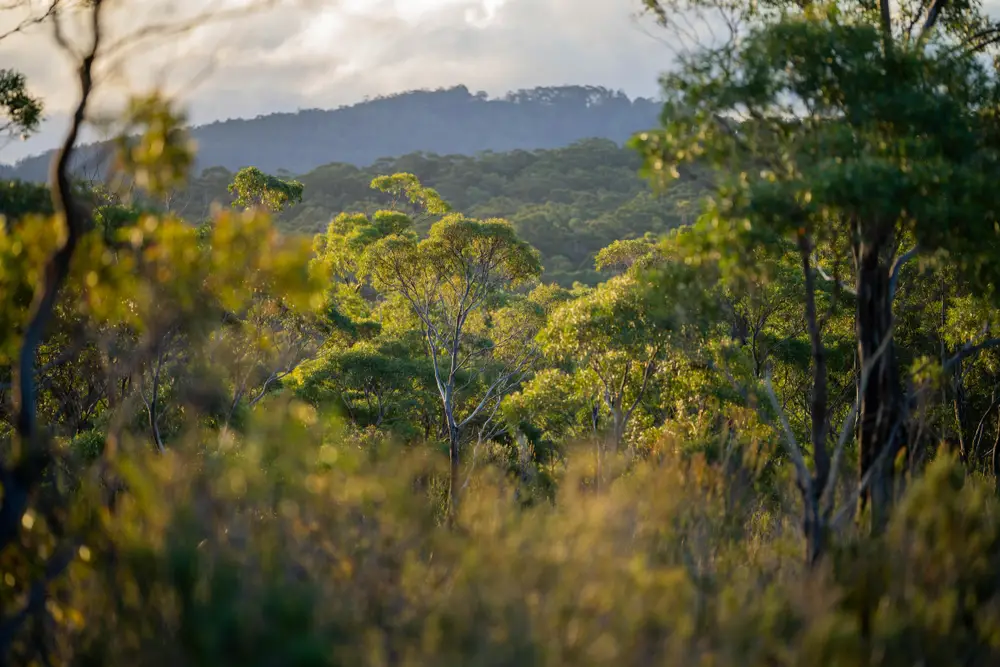
According to the National Institute Of Environmental Health Sciences, one of the most significant environmental concerns associated with fracking is the potential for groundwater contamination. The chemicals used in the fracking fluid can sometimes seep into local water supplies, posing risks to both human health and ecosystems. Fracking wells are typically located near rural communities, which often rely on groundwater for their drinking supply, heightening concerns about contamination. Although industry advocates argue that the risk is minimal when done correctly, instances of contamination have been documented, leading to public outcry and calls for stricter regulations.
Another environmental issue is the air pollution associated with the fracking process. The extraction and burning of natural gas can release volatile organic compounds and other pollutants into the atmosphere, contributing to smog and respiratory issues in nearby communities. Additionally, methane, a potent greenhouse gas, can escape during the extraction process, exacerbating climate change concerns. Understanding these environmental impacts is crucial for evaluating the trade-offs between the economic benefits of fracking and its potential to harm our planet.
3. The Economics Behind Fracking

Fracking has revolutionized the energy sector, contributing to a significant increase in domestic energy production and reducing dependence on foreign oil. This has led to lower energy prices for consumers and has been a driving force in the economic growth of regions where shale deposits are abundant. However, it’s not all positive; the boom-and-bust cycle of the oil and gas industry can leave communities vulnerable to economic downturns when prices fall or when shale deposits are depleted. According to the U.S. Energy Information Administration, natural gas production is expected to continue to grow, but the long-term sustainability of this growth remains uncertain.
While the economic advantages of fracking are undeniable, they come with significant challenges. The industry’s cyclical nature means that economic benefits can be short-lived, and communities must plan for diversification to avoid future economic hardship. Additionally, the infrastructure costs associated with fracking, such as road maintenance and water treatment, can strain local governments. Balancing these economic realities with environmental and social concerns is a complex issue that requires informed and thoughtful debate.
4. Digging Into the Seismic Activity Debate

One of the more controversial aspects of fracking is its potential link to increased seismic activity, also known as induced earthquakes. These earthquakes are not naturally occurring but are triggered by human activities, such as the injection of wastewater into deep disposal wells—an integral part of the fracking process. Some regions in the United States, particularly Oklahoma and Texas, have seen a dramatic increase in earthquake frequency, raising alarms among residents and scientists alike. While most of these earthquakes are minor, the potential for more significant seismic events cannot be ignored.
Research continues to explore the relationship between fracking and seismic activity, but the evidence increasingly suggests a connection. This has led to regulatory changes in some areas, including stricter monitoring and limitations on wastewater injection volumes. Understanding the seismic risks associated with fracking is vital for developing strategies to mitigate these risks while still benefiting from the energy resources fracking provides. Public awareness and scientific research will play crucial roles in shaping policies and practices in this area.
5. How Fracking Impacts Local Communities

Fracking can bring economic prosperity to local communities through job creation, increased local investments, and tax revenues. However, these benefits often come with social and environmental costs that can strain the social fabric. The influx of workers can lead to housing shortages, increased crime rates, and a strain on public services. Additionally, the presence of fracking operations can change the character of rural communities, leading to tensions between newcomers and long-time residents.
Social dynamics in communities near fracking sites can become complicated as residents weigh the economic benefits against potential health and environmental risks. Some residents may welcome the economic boost, while others may oppose fracking due to concerns over water quality, air pollution, and noise. These differing viewpoints can create divisions within communities, making it crucial for stakeholders to engage in open, inclusive dialogue. By understanding the broader impacts of fracking on local communities, we can better address these challenges and work towards sustainable solutions.
6. The Role of Regulation and Policy

Regulation and policy play critical roles in managing the impacts of fracking, balancing energy development with environmental protection and public health. In the United States, fracking is primarily regulated at the state level, leading to a patchwork of regulations that vary considerably from one state to another. Some states have implemented strict regulations to minimize environmental risks, while others have taken a more lenient approach to encourage economic development. The lack of uniform federal regulations has led to calls for more consistent policies across the country.
The effectiveness of fracking regulations often depends on enforcement and oversight, which can be challenging given the complexity of the industry and resource constraints faced by regulatory agencies. Public pressure and advocacy play important roles in shaping policy, as do scientific research and technological advancements that can inform safer practices. Understanding how regulation and policy influence fracking activities is crucial for those interested in advocating for responsible energy development. Balancing economic interests with ecological sustainability and public health will require ongoing dialogue and cooperation among all stakeholders.
7. Technological Advancements in Fracking
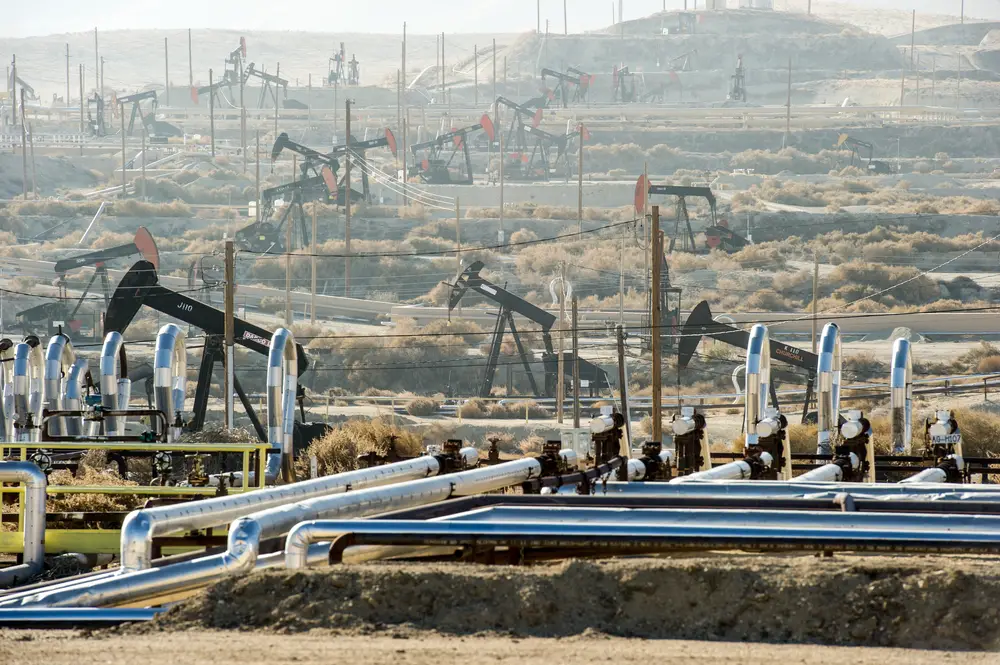
Technological advancements continue to shape the fracking industry, improving efficiency and reducing environmental impacts. Innovations in drilling techniques, such as horizontal drilling and multistage fracturing, have made it possible to access more resources with less land disruption. Additionally, advancements in water recycling and treatment technologies have reduced the need for freshwater and minimized wastewater production. These technological improvements have helped address some of the environmental concerns associated with fracking, but challenges remain.
Despite the progress, the industry still faces issues related to methane emissions, groundwater protection, and induced seismicity. Ongoing research and development are crucial for finding solutions that address these challenges while maximizing the economic benefits of fracking. By understanding how technology is shaping the industry, we can better evaluate the potential for sustainable energy development. Embracing innovation and supporting research can help ensure that fracking continues to evolve in a way that minimizes its impact on the planet.
8. Fracking and Climate Change
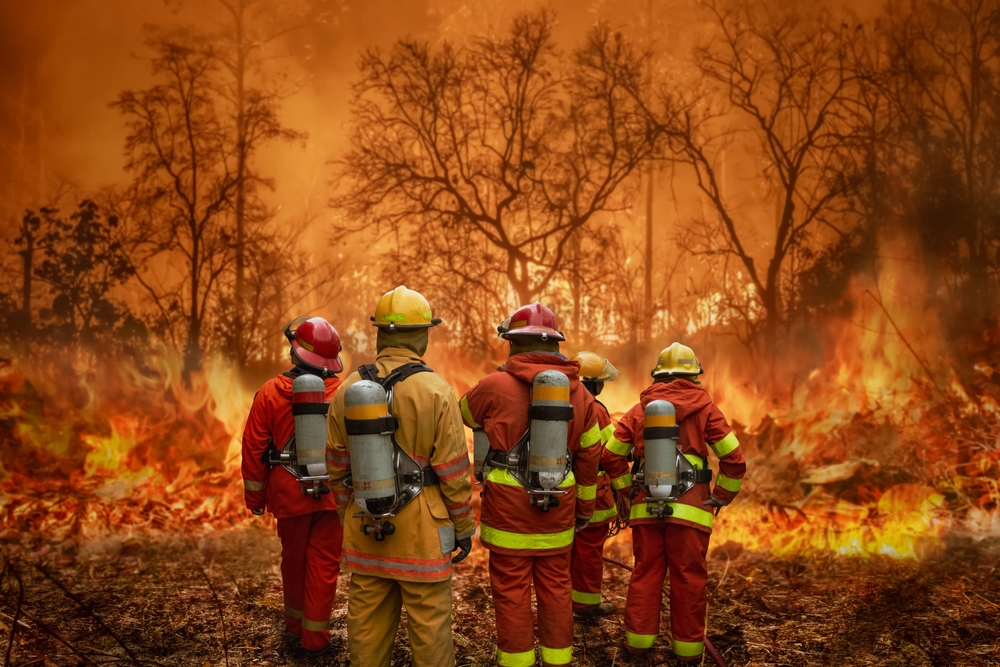
The relationship between fracking and climate change is complex and multifaceted. On one hand, natural gas is often considered a “bridge fuel” because it burns cleaner than coal, emitting fewer carbon dioxide emissions when used for electricity generation. This has led to a decrease in overall greenhouse gas emissions in some regions. However, methane, a potent greenhouse gas, can escape during the extraction and transportation of natural gas, potentially offsetting the climate benefits of using natural gas over coal.
The long-term climate implications of fracking depend on how effectively the industry can mitigate methane emissions and transition to renewable energy sources. While natural gas can play a role in reducing emissions in the short term, a sustainable energy future will require a shift towards cleaner, renewable energy sources. Understanding the interplay between fracking and climate change is essential for informed discussions about energy policy and climate action. By considering both the benefits and drawbacks, we can work towards solutions that address climate change while meeting energy needs.
9. Public Perception and the Fracking Debate

Public perception of fracking is deeply divided, influenced by factors such as socioeconomic status, geographic location, and personal values. Some view fracking as a boon for economic growth and energy independence, while others see it as an environmental threat. Media coverage, public activism, and political rhetoric play significant roles in shaping public opinion, sometimes leading to polarized debates. Understanding the factors that influence public perception is crucial for fostering constructive dialogue and finding common ground.
Misinformation and lack of transparency can exacerbate public concerns and hinder productive discussions about the future of fracking. Efforts to improve public understanding through education and outreach are essential for building trust and facilitating informed decision-making. By promoting open communication and transparency, stakeholders can work together to address concerns and develop balanced approaches to energy development. Recognizing the diverse perspectives within the fracking debate can help create more inclusive and effective solutions.
10. The Future of Fracking: Where Do We Go From Here?
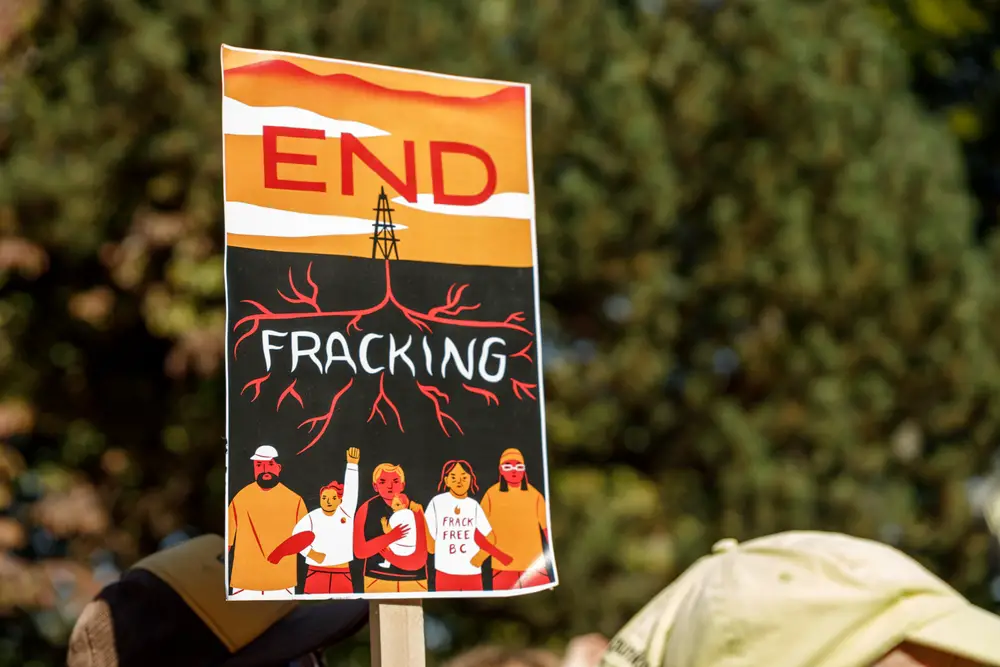
The future of fracking is uncertain, shaped by technological advancements, regulatory changes, and evolving public attitudes. As the world grapples with the challenges of climate change and the need for sustainable energy solutions, the role of fracking in the energy landscape will continue to be scrutinized. The industry must adapt to changing conditions, addressing environmental concerns while maintaining economic viability. This will require ongoing innovation, collaboration, and commitment to sustainability.
Policymakers, industry leaders, and communities must work together to navigate the complexities of fracking and its impacts on the planet. By embracing new technologies, promoting transparency, and engaging in open dialogue, stakeholders can develop strategies that balance energy needs with environmental protection. The path forward will require difficult decisions and trade-offs, but with informed and collaborative efforts, it is possible to chart a sustainable course for the future of fracking. Understanding the complexities and potential impacts of fracking is essential for shaping a responsible energy future.
